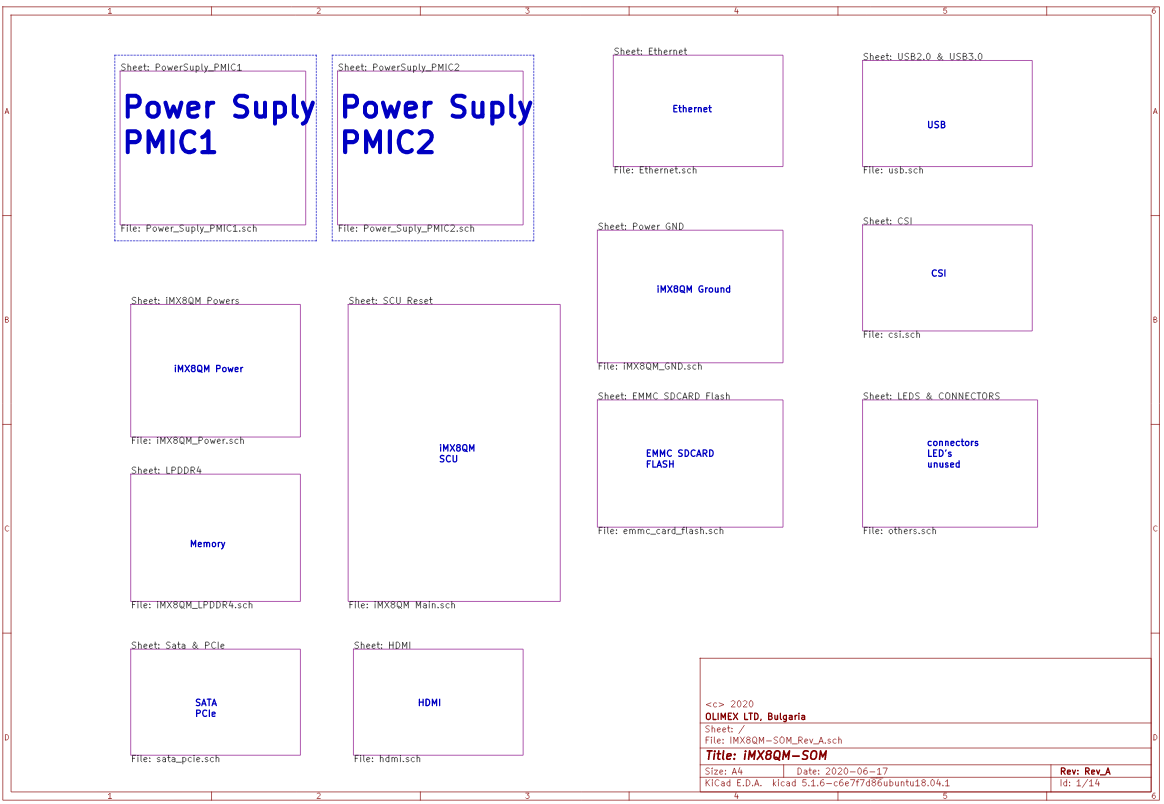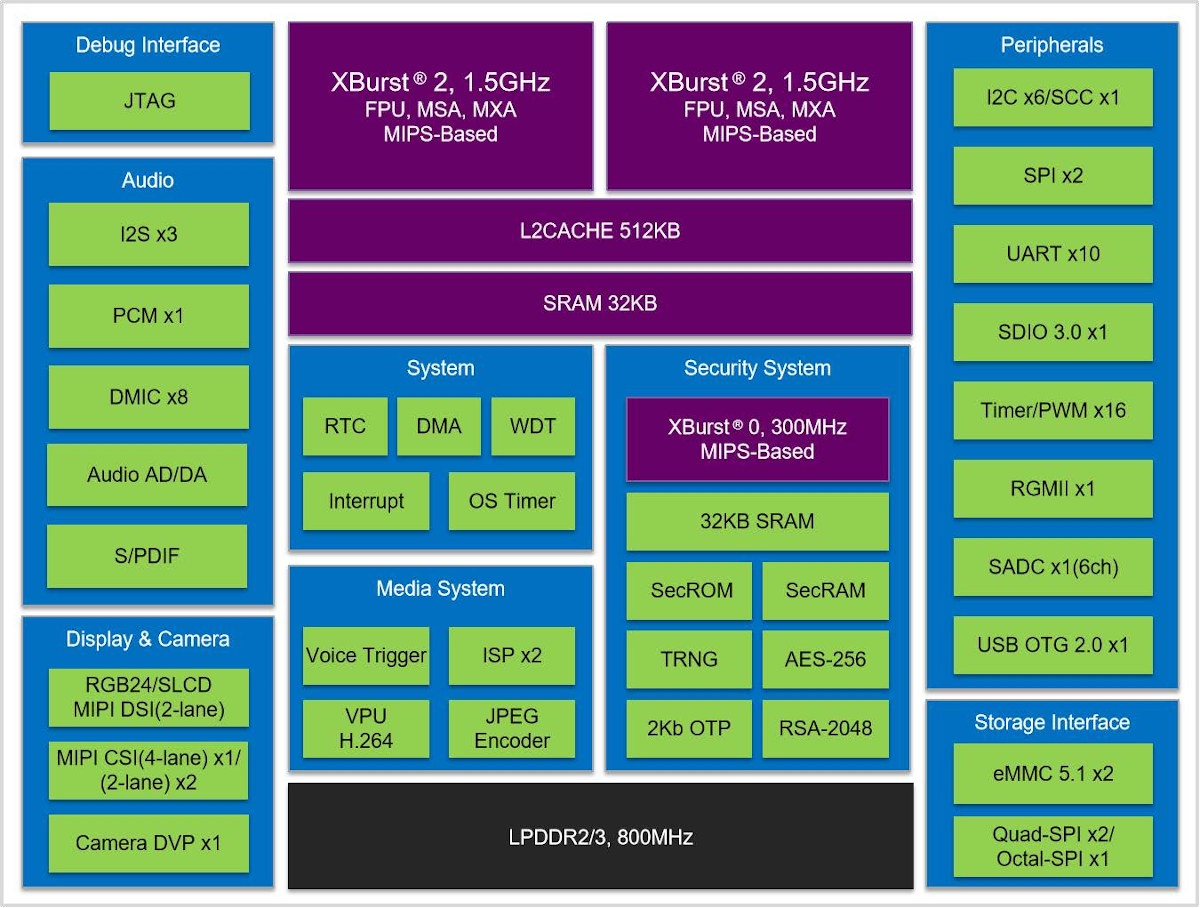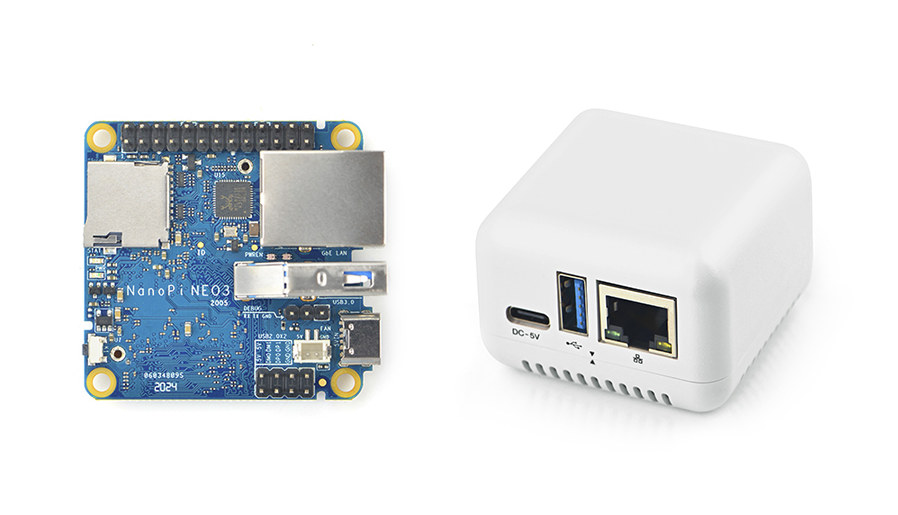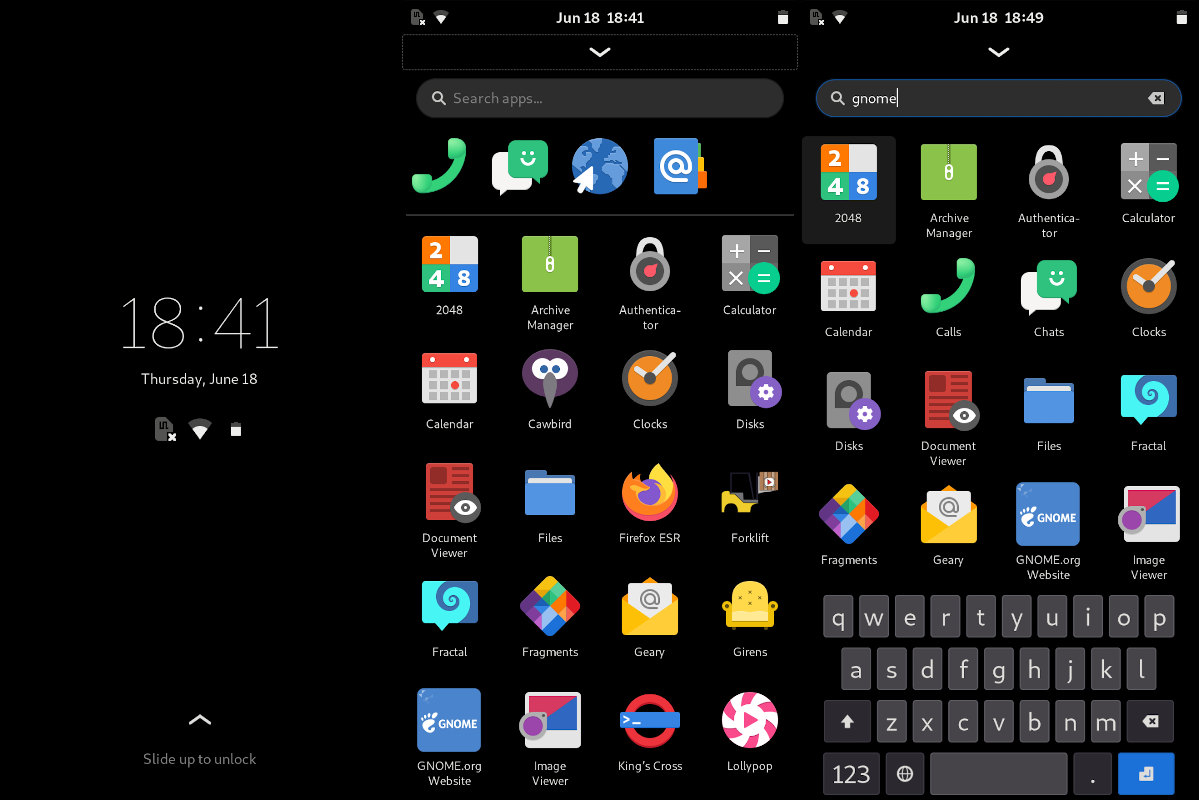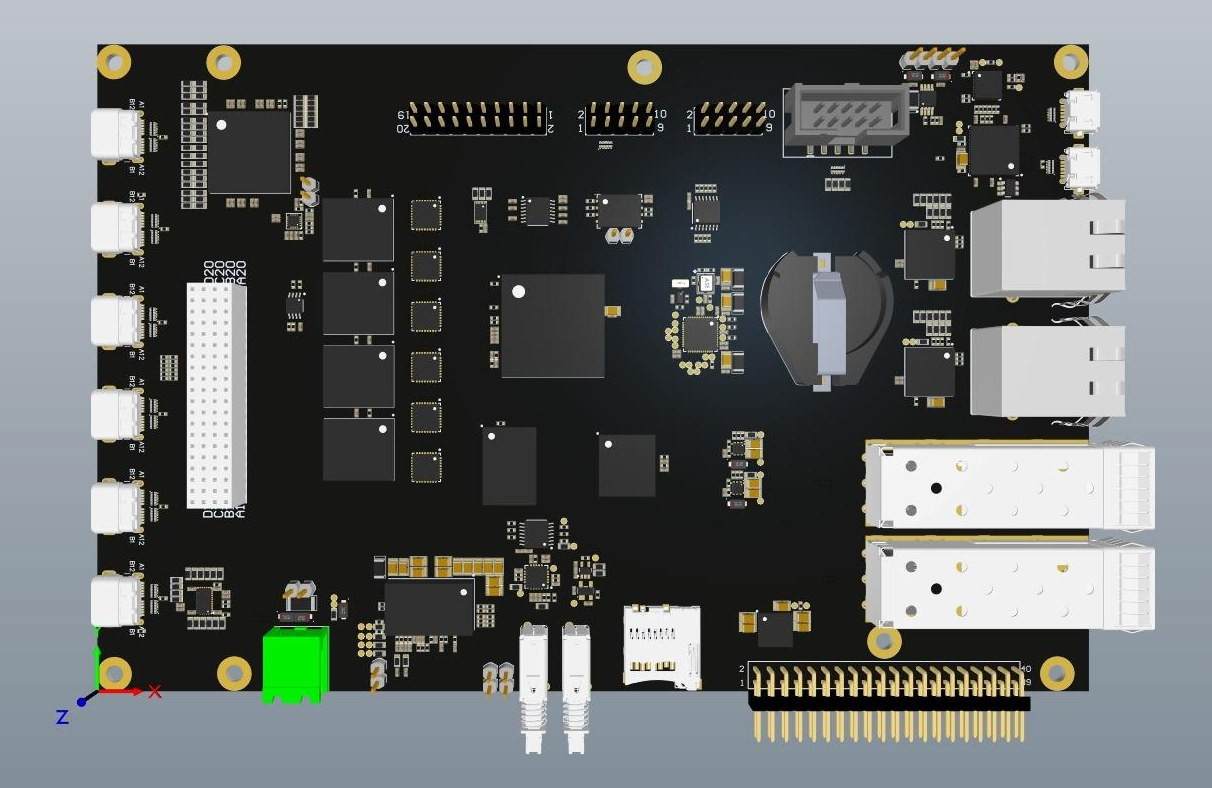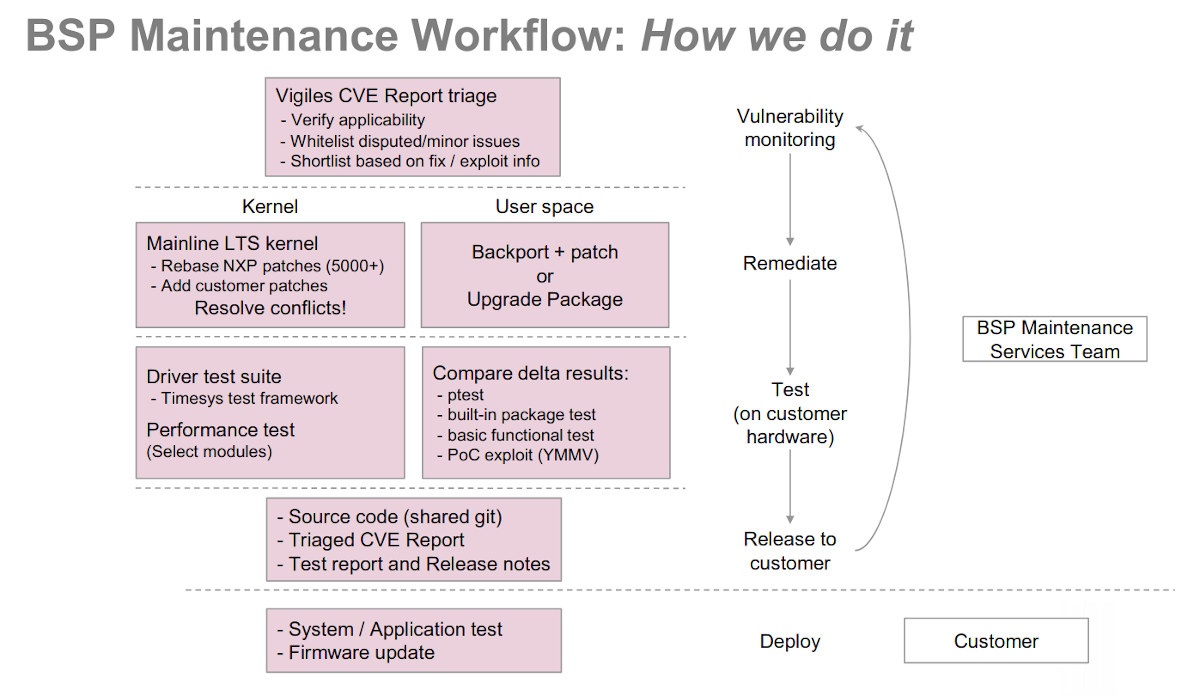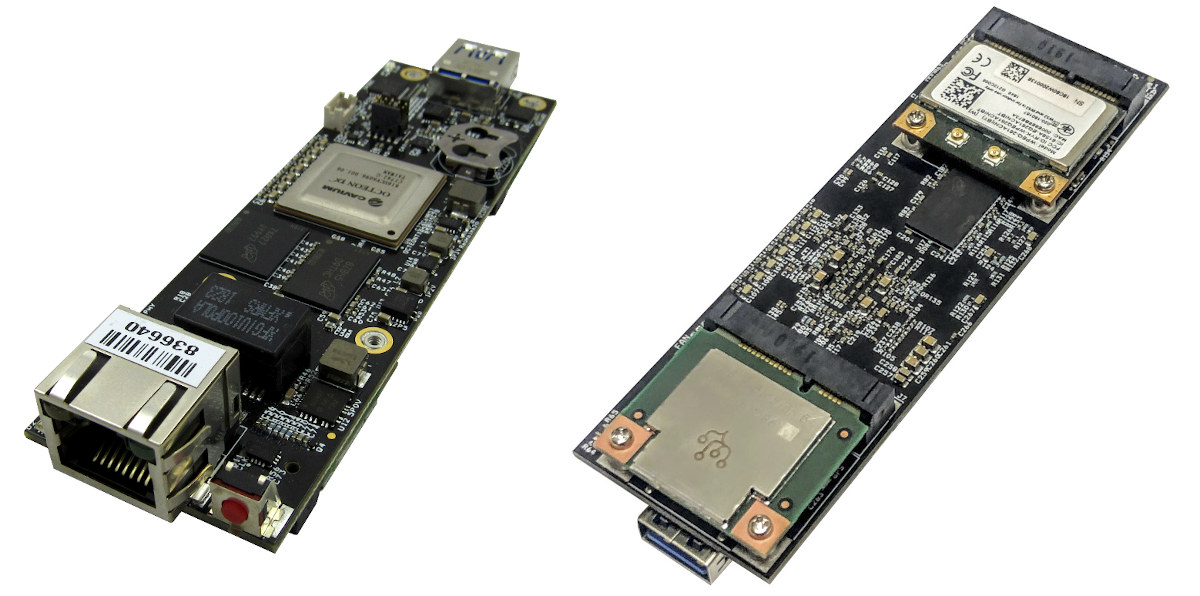After PinePhone “BraveHeart Edition” with any OS pre-installed introduced at the end of last year, Pine64 launched PinePhone “Community Edition: UBports” with Ubuntu Touch last April, and now the company is taking pre-orders for Pinephone “Community Edition: PostmarketOS with Convergence Package”. Besides using a different operating system, the new PinePhone also got a hardware upgrade with 3GB RAM and 32GB flash instead of the 2GB/16GB configuration from earlier models. Due to the changes and the addition of a USB-C dock for convergence, the price has also gone up from $149.99 to $199.99 with shipping scheduled to start at the end of August. If you don’t need the extra memory, storage, and convergence package, you can still pre-order PinePhone with postmarketOS for $149.99. PinePhone “Community Edition: PostmarketOS with Convergence Package” specifications: SoC – Allwinner A64 quad-core Cortex-A53 processor @ up to 1.2 GHz with Arm Mali-400MP2 GPU System Memory – 3GB […]
Ignitial Tukhla High-End Open Source Hardware NXP i.MX 8QuadMax SBC in the Works
[Update: The European company that initiated the project is Ignitial based in the west of France. So while we refer to the board as Olimex Tukhla in the post, it will be offered as Ignitial Tukhla once it becomes available] Most open-source hardware Arm Linux SBCs are optimized for cost, and there are few higher-end boards with extensive connectivity designed for professionals. Beagleboard X15 would be one of the rare examples currently available on the market, but it was launched five years ago. One European company noticed the void in this market and asked Olimex to develop a high-end open-source Linux board with a well-documented processor. They ruled out RK3399, and instead went Olimex Tukhla SBC will be powered by NXP i.MX 8QuadMax, the top processor of i.MX 8 family with two Cortex-A72 cores, four Cortex-A53 cores, and two real-time Cortex-M4F cores. As you can see from the screenshot above, […]
Ingenic X2000 IoT Application Processor Combines 32-bit MIPS Xburst 2 Cores with Xburst 0 Real-time Core
In Arm’s world, heterogeneous processors are pretty common, with for example big.LITTLE / dynamIQ application processors mixing powerful Cortex-A7x cores with power-efficient Cortex-A5x cores., or “industrial” processor such NXP i.MX 8M family with Cortex-A53 application cores combined with Cortex-M4F real-time core. Maybe I did not follow enough, but I hadn’t really seen anything equivalent in MIPS world, except if we count Ingenic T31 with RISC-V and MIPS cores. That is until today where I was informed about documents related to Ingenic X2000 IoT application processor with two 32-bit MIPS Xburst 2 core, one MIPS Xburst 0 real-time cores, as well as up to 256MB RAM built-into the SoC. Ingenic X2000 specifications: CPU Core – Dual XBurst 2, MIPS ISA based, frequency up to 1.5 GHz with 32KB L1 x2 Cache, 512KB L2 Cache, 32KB SRAM, FPU,128bit SIMD MCU Core – XBurst 0 MIPS core @ 300MHz for security and real-time […]
NanoPi NEO3 Headless SBC Launched for $20 and up
Last month, we found out FriendlyELEC was working on NanoPi NEO3, a tiny SBC powered by Rockchip RK3328 processor and made for headless applications and networked storage thanks to Gigabit Ethernet and USB 3.0 ports, as well as a 26-pin GPIO header. At the time, the board was still been finalized, but the company has now started to take orders for $20 and up depending on options which include a cute white enclosure.. Here’s a quick reminder of NanoPi NEO3 specifications: SoC – Rockchip RK3328 quad-core Arm Cortex A53 processor with Mali-450MP2 GPU System Memory – 1GB or 2GB DDR4 Storage – MicroSD Slot for system boot and storage Video Output – N/A Connectivity – Gigabit Ethernet with unique MAC via RTL8211E PHY USB – 1x USB3.0 Type-A port, 2x USB2.0 on 2.54mm 8-pin header Expansion – 26-pin header with I2C, UART, SPI, I2S, GPIO Debugging – 3-pin header for […]
Debian based Mobian Linux OS Brings Librem 5 Phosh Shell to Pinephone
2020 is the year of the Linux phone. Sort of… At least, we now have smartphones that ships with Linux thanks to PinePhone and Librem 5, and several Linux mobile operating systems with Ubuntu Touch based UBPorts, postmarketOS, and others. Mobian is another Linux distribution which as its name implies is based on Debian and targets mobile devices. Interestingly, the project relies on Purism Phosh phone shell/user interface used in Librem 5, but the first Mobian image has been released for PinePhone with plans for PineTab and Librem 5 support coming later. Mobian supports a nice list of apps include Chromium, Firefox ESR, Calls, Files, Telegram messaging app, MPV media player, GNOME 2048, and more 3D graphics works, you can make phone calls, browse the web, and use GPS/GNSS applications, but it’s still work in progress as for example, USB and the camera does not work, the phone may take […]
Upcoming SAVVY-V Open Source RISC-V Cluster Board Supports 10GbE via Microsemi PolarFire 64-bit RISC-V SoC
RISC-V based PolarFire SoC FPGA by Microsemi may be coming up in the third quarter of this year, but Ali Uzel has been sharing a few details about SAVVY-V advanced open-source RISC-V cluster board made by FOSOH-V (Flexible Open SOurce Hardware for RISC-V) community of developers. It’s powered by Microsemi Polarfire RISC-V SoC MPFS250T with four 64-bit RISC-V cores, a smaller RV64IMAC monitor core, and FPGA fabric that allows 10GbE via SFP+ cages, and exposes six USB Type-C ports. The solution is called a cluster board since up to six SAVVY-V boards can be stacked via a PC/104+ connector and interfaced via the USB-C ports. SAVVY-V cluster board preliminary features and specifications: SoC – Microsemi Polarfire RISC-V SoC MPFS250T with a quad-core 64-bit RV64IMAFDC (RV64GC) processor @ up to 667 MHz, a RV64IMAC monitor core, and FPGA fabric with 250K logic elements; 3.0 CoreMarks/MHz, 2.0 DMIPs/MHz; Also compatible with MPFS160T, […]
Interview – NXP Linux BSP and Timesys Vigiles Maintenance Service & Security Updates
I’ve been interviewing Ed White, Manager of NXP’s Professional Support and Engineering Services, and Akshay Bhat, Director of Engineering, Security Solutions at Timesys by email to find out more about NXP Linux BSP development process, and how Timesys can help to keep it updated and secure with its Vigiles service. Q1. CNX Software readers recently discussed NXP Linux BSP update status. One person specifically noted Linux 4.14.98 used in the BSP was well over a year old, and there were various opinions about the topic, including one person suggesting NXP only provides a stable BSP and it was the ultimate responsibility of the customer to merge Linux security patchsets. Could you explain the typical development process for NXP Linux BSP, and why the company chose not to update the patchsets regularly? Answer: The kernel strategy for NXP’s i.MX family BSPs closely follows the annual cadence of kernel.org’s LTS kernel selection. […]
Using Google Coral mPCIe Card into a Compact Marvell Octeon TX Linux SBC
Google launched Coral mPCIe and M.2 cards at the very beginning of the year. The cards integrate the company’s 4 TOPS Edge TPU used for low power edge AI applications to bring the solutions to boards with mPCIe or M.2 sockets. Those are just hardware sockets that are optionally connected to USB, PCIe, I2C, etc… so you have to make sure the socket on your board exposes PCIe Gen2 x1. If you worry about compatibility, it’s good to get a board that’s known to work, and one of those is Gateworks Newport GW6903 SBC that offers two mPCIe sockets and features Marvell Octeon TX dual or quad-core Armv8 processor coupled with up to 4GB RAM. Besides the mini PCIe Coral card and Newport SBC, you’ll also need a Linux host and optionally a USB webcam for inference. The rest of the instructions are explained in the Wiki with the following […]



